An article clearly sees the differences between PDP plasma, LCD, and LED displays?
- author:
- 2024-05-27 08:49:43
In the field of display technology, PDP plasma, LCD liquid crystal and LED are several common and important display types. They each have unique characteristics and advantages and play a key role in different application scenarios. An in-depth understanding of the differences between them is of great significance for us to better select and apply appropriate display technologies.
First of all, PDP plasma displays have excellent color performance and contrast, and can present bright and vivid images. However, its power consumption is relatively high and there are certain heating problems.
LCD LCD displays have advantages in terms of energy consumption, and the picture is relatively clear and delicate. However, there may be some limitations in terms of viewing angle and response speed.
LED displays are outstanding in terms of energy conservation, thinness, and long life. At the same time, they can achieve more precise color control and higher brightness. 
1,PDP(Plasma Display Panel)等离子显示屏,是采用了近几年来高速发展的等离子平面屏幕技术的新一代显示设备。
How PDP works
Plasma display panel PDP is a display device that uses gas discharge. This screen uses plasma tubes as light-emitting elements. A large number of plasma tubes are arranged together to form the screen. Each chamber corresponding to each plasma is filled with neon and xenon. When a high voltage is applied between the plasma tube electrodes, the gas in the plasma tube chamber enclosed between the two layers of glass produces ultraviolet light, which stimulates the three-color phosphors of red, green and blue on the flat panel display to emit visible light. Each ion tube acts as a pixel, and the light, dark and color changes of these pixels are combined to produce images of various gray levels and colors, similar to the light emission of a picture tube. Plasma technology is significantly different from other display methods and is one step ahead in terms of structure and composition. Its working mechanism is similar to ordinary fluorescent lamps. The TV color image is composed of the light emitted by each independent phosphor pixel, so the image is bright, bright, clean and clear. In addition, the most prominent feature of plasma TVs is that they can be ultra-thin and easily achieve a completely flat large screen of more than 40 inches, and the thickness is less than 100 mm.
Characteristics of PDP plasma display screens
Plasma display technology has proved to have higher technical advantages over traditional picture tubes and LCD LCD displays, as shown in:
1. Compared with direct-view picture tube color TVs:
PDP displays are smaller in size, lighter in weight, and have no X-ray radiation. Since the structures of each light-emitting unit of the PDP are exactly the same, no geometric deformation of the image of the picture tube under normal wind will occur. The brightness of PDP screens is very uniform-there are no bright areas or dark areas; while the brightness of traditional picture tubes-the center of the screen is always brighter than the surrounding areas. PDP is not affected by magnetic fields and has better environmental adaptability. There is no focusing problem on the PDP screen, so the problem of poor focusing or defocus in some areas of the picture tube over time can be solved, and the color drift phenomenon of the picture tube will not occur. The flatness of the surface completely improves distortion and color purity changes at the corners of the large screen. High brightness, large viewing angle, full color and high contrast make the PDP image clearer, the colors more vivid, and the effect more ideal, making traditional TVs amazing.2. Compared with LCD screens: The
PDP display has high brightness and the screen brightness is as high as 150LUX, so you can enjoy video programs with large pictures in a bright environment. It has good color reproduction and rich gray levels, providing an exceptionally bright, even and smooth picture. The PDP has a wide field of view, and the PDP's viewing angle is as high as 160 degrees. When ordinary TVs are viewed at places greater than 160 degrees, the picture is seriously distorted, while the LCD's viewing angle is only about 40 degrees, which cannot be compared with the PDP's effect. Quick response to rapidly changing pictures. In addition, the flat and thin appearance of the PDP also makes its advantages more obvious.Since its introduction, PDP plasma screens have developed rapidly and have great market development potential, attracting special attention from major manufacturers around the world. SONY, NEC, FUJITSU, PANASONIC and other manufacturers have developed their own PDP products. However, the price of PDP is still very high at present. At present, it is mainly used for information display and automatic monitoring systems in public places such as airports, railway stations, exhibition venues, corporate seminars, academic conferences, and remote conferences.
Plasma Display Panel (PDP) is a new generation of display devices that use plasma flat screen technology that has developed rapidly in recent years. Plasma TV is a TV product manufactured using plasma display technology. The main feature of this kind of TV is that the image is truly clear and realistic, visible under outdoor and ordinary living light, and can provide a large screen viewing angle in any environment; and the screen is very light and thin, only centimeters thick, easy to install, can be said to be a real high-end product in color electricity. With the advent of multimedia and high-definition television (HDTV), display technology has developed unprecedentedly. Among many display methods, plasma display PDP has attracted widespread attention for its excellent performance. PDP has many excellent characteristics such as wide viewing angle, long life, fast refresh speed, high light efficiency and brightness, easy production of large screens, and wide operating temperature range. The digital grayscale technology used in color PDP can make the image grayscale exceed 256 levels, which can meet the requirements of displaying 16-bit or 24-bit true color.
A plasma display is an output device that uses the principle of gas discharge to display. This kind of screen uses a plasma tube as a light-emitting element. A large number of plasma tubes are arranged together to form a screen, and each chamber corresponding to each plasma is filled with neon and xenon. When a high voltage is applied between the plasma tube electrodes, the gas in the plasma tube chamber enclosed between the two layers of glass produces ultraviolet light, which stimulates the three-color phosphors of red, green and blue on the flat panel display to emit visible light. Each ion tube acts as a pixel, and the light, dark and color changes of these pixels are combined to produce images of various gray scales and colors, similar to the emission of light by a display image tube. Compared with other display methods, plasma technology has fundamental differences in structure and principle. Its working mechanism is similar to ordinary fluorescent lamps. The three-layer structure of the plasma display is as shown in the figure: it is generally composed of three layers of glass plates. The inside of the third layer is coated with vertical strips of conductive material, the middle layer is the bulb array, and the surface of the third layer is coated with horizontal strips of conductive material. To light a light bulb at a certain address, a higher voltage must be applied to the corresponding line at first. After the light bulb lights up, a low voltage can be used to maintain the brightness of the neon bulb. Turn off a light bulb and reduce the corresponding voltage. The cycle time of the bulb switch is 15 ms. By changing the control voltage, the plasma plate can display different gray scales. In short, the color image of the plasma screen is synthesized by light emission from individual phosphor pixels, so the image is bright, bright, clean and clear.Advantages and disadvantages of PDP plasma
Plasma display technology has higher technical advantages than traditional picture tubes and LCD LCD displays. It is mainly manifested in the following aspects:
1. Compared with direct-view picture tube color TVs, PDP displays are smaller in size, lighter in weight, and have no X-ray radiation. In addition, since the structures of each light-emitting unit of the PDP are exactly the same, there will be no image geometric distortion common to picture tubes. The brightness of the PDP screen is very uniform-there are no bright and dark areas, unlike the brightness of a picture tube-and the center of the screen is brighter than the surrounding areas. Moreover, the PDP is not affected by magnetic fields and has better environmental adaptability. There is no focusing problem on the PDP screen. Therefore, the stubborn problem of poor focusing or defocus in some areas of the picture tube is completely eliminated, and the color drift phenomenon of the picture tube will not occur. The flatness of the surface also makes the distortion and color purity changes at the corners of the large screen are completely improved.
2. Compared with LCD displays, PDP displays have the advantages of high brightness, good color reproduction, rich gray levels, and fast response to rapidly changing pictures. Because the screen brightness is as high as 150Lux, it is possible to enjoy large-screen video programs happily in a bright environment. In addition, the PDP has a broad field of view, providing an exceptionally bright, even and smooth picture and an unprecedented larger viewing angle. The viewing angle of the PDP is as high as 160 degrees. When ordinary TVs watch at places greater than 160 degrees, the picture is seriously distorted. As for the LCD screen with a viewing angle of only about 40 degrees, it is even more difficult to match. In addition, the flat and thin shape of the PDP makes its advantages more obvious, making it particularly suitable for public information displays, wall-mounted large-screen TVs and automatic monitoring systems.
3. Since PDP displays can easily be combined and matched with large-scale integrated circuits, they can be used lightly. The parts in the body can be disassembled freely, the process is convenient and easy, and the structure is simpler, which is very suitable for modern mass production. At the same time, the size and weight of the machine can be greatly reduced, and the effect is very ideal.
Of course, the special structure of the PDP plasma display also brings some shortcomings: for example, because the plasma display is a flat design and the glass on the display screen is extremely thin, its surface cannot withstand too much or too little atmospheric pressure, let alone withstand unexpected heavy pressure; each pixel of the PDP display emits light independently, and compared to a picture tube TV using an electron gun, the power consumption naturally increases significantly. Generally, large-screen plasma displays consume more than two to three hundred watts of power, making them the most powerful consumer of home appliances in the future. Due to the large amount of heat, multiple groups of fans are installed on the back panel of the PDP display for heat dissipation. In addition, PDP prices are also higher than front projection, rear projection and ordinary TVs.
As far as the development of PDP is concerned, PDP display screens (mainly TVs) are currently in a stage of rapid development. Many commercial venues and households with consumption power are the main consumers of PDP. As more and more domestic manufacturers join the ranks of PDP, I believe that the price of PDP will become more attractive soon. When the overall price of PDP drops to around 20,000 yuan, it will be the era when PDP truly enters the mainstream. However, is the relatively large power consumption a problem or a technical problem that PDP still faces. As for where the PDP will go, it will depend on the market's choice.()
We know that the most important determinant of the price of LCD displays is the LCD panel. It can be said that 80% of the cost of LCD displays depends on the LCD panel, and the main technical indicators of the LCD panel also determine the performance of the LCD display. To measure the quality of a display, we usually use several technical indicators such as brightness, contrast, response time and viewing angle. Therefore, before purchasing a monitor, our understanding of these indicators is indispensable.()
When using an LCD LCD screen as a large-screen splicing display device, a 10mm splicing seam is relatively large. Among them, 0.5mm~ 1mm for DLP and about 3mm for PDP plasma.
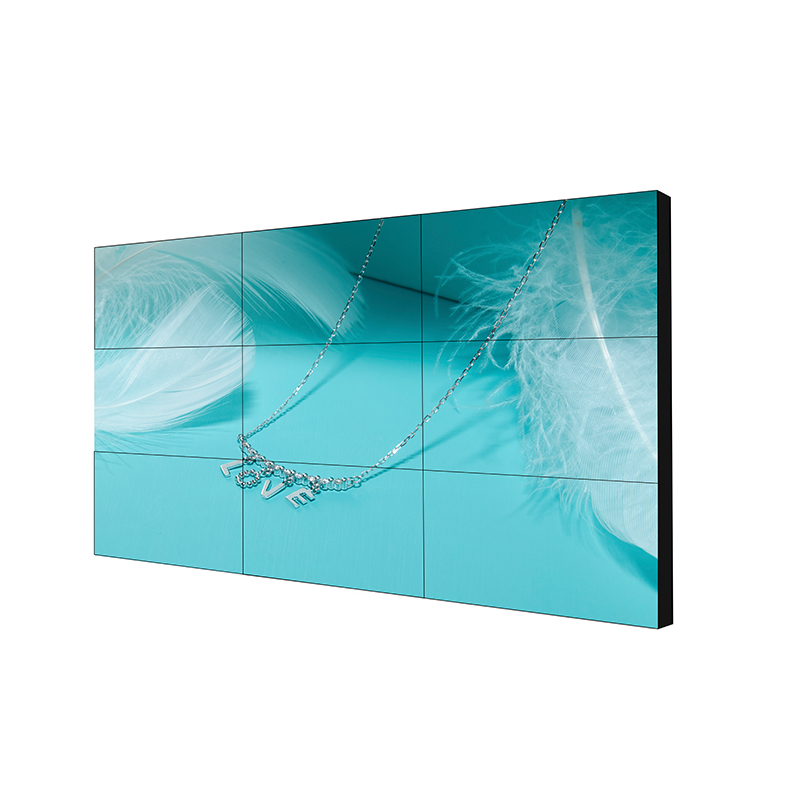
·Brightness: The physical quantity that refers to the intensity of light on the surface of a luminescent object is called luminance. It is expressed in physics as L, and the unit is candela per square meter or square candle cd/m2. Brightness is an important indicator to measure the luminous intensity of a display. The brightness of current mainstream LCD displays is above 250cd/m2, which can already meet the needs of users.
·Contrast: Contrast is the ratio of black to white in the picture, which is the gradual change from black to white. The larger the ratio, the more gradient levels from black to white, and the richer the color expression. The contrast ratio of current mainstream LCD displays is generally 400:1 or even higher. The impact of contrast on the visual effect is very critical. Generally speaking, the greater the contrast, the clearer and more eye-catching the image, and the brighter and more colorful the color; while the small contrast, the entire picture will be gray. High contrast is very helpful for image clarity, detail performance, and gray level performance. In some aspects of text display, CAD display and black and white photo display with large black and white contrast, high-contrast products have advantages in black and white contrast, clarity, integrity, etc.
·Response time: Response time is the speed at which each pixel of the LCD responds to the input signal, that is, the time required for a pixel to turn from dark to bright or from bright to dark (the principle is to apply a voltage within the liquid crystal molecules to twist and recover). The often mentioned 25ms and 16ms refer to this response time. The shorter the response time, the less likely the user will feel when watching a dynamic picture. The response time is generally divided into two parts: rise time and fall time, and the sum of the two shall prevail when expressed.
·GTG response time: In the traditional sense, the response time refers to the time required to switch between all-black and all-white pictures. The driving voltage required for switching this all-white and all-black picture is relatively high, so the switching speed is relatively fast. In our actual use, it is not all black and white switching, but more switching between gray levels. Therefore, some manufacturers now use GTG(Gray to Gray) response time to indicate product specifications (the essence is that the liquid crystal is not completely twisted and is not completely transparent). The driving voltage required is relatively low, so the switching speed is relatively slow. Currently, the fastest LCD panels even have products with a GTG response time of 2ms. However, most of the products on the market are GTG 8ms products.
·Visual angle: Visual angle refers to the angle at which users can clearly view all content on the screen from different directions. Since the light source providing LCD display displays has a certain directionality when outputting after refraction and reflection, color distortion will occur when viewing beyond this range. The viewing angle varies according to the type of panel. For example, for the currently common TN panel, the horizontal viewing angle is generally 160.
With the development of digitalization and informatization, large screens are being used more and more in various occasions, and various display technologies have emerged. From the early CRTs to the current LCD displays, PDPs, FED, DLP, etc., flat panel display technology has shown a diversified development trend. The following will discuss the choice of LED screens and their comparison with rear projection, LCD, and PDP.
Whether an LED screen is suitable for its own use
Here are two simple questions that can help you decide whether the LED screen is suitable for your specific application:
1. What is the brightness of the installation environment you have chosen?
If the environment is very bright, please give priority to LED or rear projection.
2. What size does your display need?
If you want a large, seamless display that is more than 60 inches, you can choose a front-projection, rear-projection or LED display.
The second LED video display provides the greatest return on investment for the outdoor notice and advertising market
Modern advertising network systems are entering a new unknown territory, which is precisely due to the use of a large number of LED displays. The acceleration of modern information networks has enabled video to be spread quickly and widely. More and more application cases show that streaming media videos with acceptable display quality are now technically mature.
The development of the Internet has enabled video playback networks to even span across the ocean. With the click of a button, new news or content can be displayed on displays around the world, with impact and dissemination reaching previously inaccessible levels.
For typical indoor locations, the use of flat panel displays and projectors is acceptable. But in some places, these technologies cannot provide the display quality needed, but bright interiors and any outdoor environment are their deadly nemesis.
Below we will explain why LEDs provide excellent solutions and how, in most cases, it solves the above problems. At the same time, LEDs are not a panacea, and some good rules and skills must be followed in selecting and designing LED screens.
Third, first, we will examine different display technologies to understand their applicable environments and why they are applicable
1. projection
Projection is one of the earliest display technologies. With the emergence of advanced deflection technology, current projection technology has switched to DLP and LCD displays instead of celluloid film to display content on the projection screen. Nowadays, the use of rear projection is more common than front projection.
The distinctive feature of front casting is that it can support a large screen display that can accommodate a large audience.
a. Perform well in a dimly lit environment.
High resolution;
Low contrast-use a white reflective surface to display content;
b. The life of the bulb is short, so the maintenance cost is high.
The screen size of the rear projection module is limited to 50 inches to 80 inches. Multiple projectors and screens can be used to form a rear projection wall. This was a very fashionable device 10 years ago and is still used in control room displays. Advantages and disadvantages of rear projection:
·In ordinary indoor light environment, the display effect is good;
·High resolution;
·Due to color matching problems with each rear projection block, the rear projection size is limited;
·The margin of about a few millimeters between each rear projection block is obvious, hindering its application as a large screen in some occasions.
From the above analysis, it can be seen that in bright environments, the effect of projection screens is not satisfactory, and it is better to use LED screens.
2. Plasma display screen:
Plasma displays have been around for nearly a decade and have revolutionized the way we view information in a business environment. Its slim shape and large size display give us a feeling that a cumbersome CRT display can never achieve.
Technological breakthroughs in plasma have enabled shopping malls, airports, and train stations to display their information and ideas in a wider and more effective way. It is also one of the main tools of all information publishing networks.
Nowadays, plasma screens on the market are generally 60 inches (if you have enough money, you can also buy a large 80-inch plasma screen), and basically all have high resolution. Its advantages and disadvantages are:
a. High resolution;
b. The brightness is low, only 400 nits;
c. Short service life, in some cases less than two years, and no effective solution;
d. Suffering from the burning of pictures.
Therefore, compared with it, LED screens are superior for their high brightness and long service life.
3.LCD display
LCD display technology emerged in the late 1960s and experienced many changes during the digital vision revolution in the late 1970s and early 1980s. LCD display displays have been closely following plasma in terms of size in recent years, but are now discovering that they are eating away from plasma's market share for large flat screen screens.
The main advantage of LCD displays is their long-term stability far superior to plasma. Merchants who have made significant investments in LCD displays are making their performance look better than the promotional materials say, but it is clear that the reality is not very satisfying. The main problem with LCD displays is how quickly the LCD responds when playing video and how quickly it takes for itself to distort and recover. Of course, its response speed has greatly improved in recent years, but it is still not good enough. Its advantages and disadvantages are as follows:
a. High resolution;
b. Large size (more expensive than plasma);
c. Long service life and high stability;
d. Lower brightness, 400 nits.
In contrast, the LED screen has a faster response speed and higher brightness when playing video.
Advantages of four LED display technology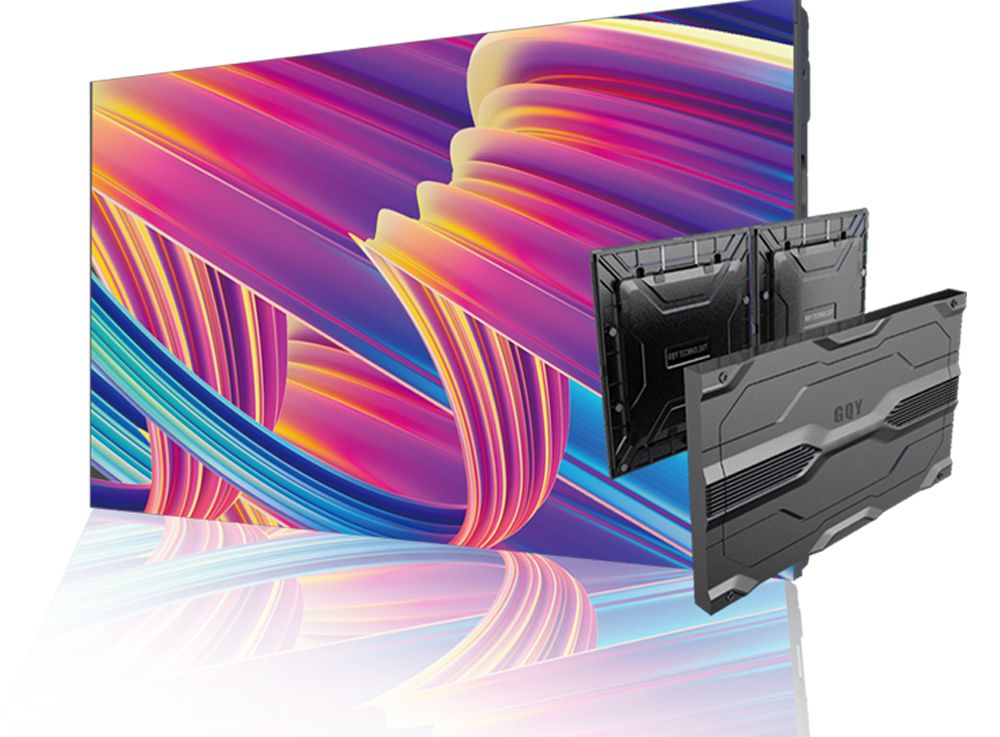
LED screens appeared as early as the 1960s, but it was not until the mid-1990s that full-color screens appeared. The price of this technology has dropped significantly in recent years, and the resolution has also been greatly improved. LED screens are mainly used in places with large audiences and can provide seamless screens of almost any size, from 1 square meter to the large size you can imagine.
The smallest LED screen for ultra-high resolution 3 mm pixel dot matrix products is still very expensive, so 6 mm dot matrix pixels are often widely used * high-resolution products.
The pixel lattice of plasma can be less than 0.5 mm, so LED screens cannot be compared with plasma and LCD displays in resolution, but they will not be used in the same way, for example, for realistic and detailed text information.
For video, the low-resolution performance of LED screens is good. In fact, the resolution you usually see on an LED screen is similar to the resolution when you look at a computer monitor.
But LED displays do have one excellent performance, namely brightness. LED screens are generally 10 times brighter than other display technologies, and because of this, they can be installed anywhere other screens cannot, including bright indoor environments and of course outdoors. Its characteristics are:
1 Large screen display-budget can be effectively controlled from 1-500 square meters;
2 High brightness-can be viewed directly in the sun. It is the only display technology to achieve the ideal picture at a reasonable price;
3 Modular design-easy to maintain;
4 Longest service life of all display technologies-performance will not change significantly within 5 years.
In summary, PDP plasma, LCD liquid crystal and LED
TAG:
Guess you want to see it
Popular information
-
As a qualified project manager with LCD splicing screens, what issues should I pay attention to when
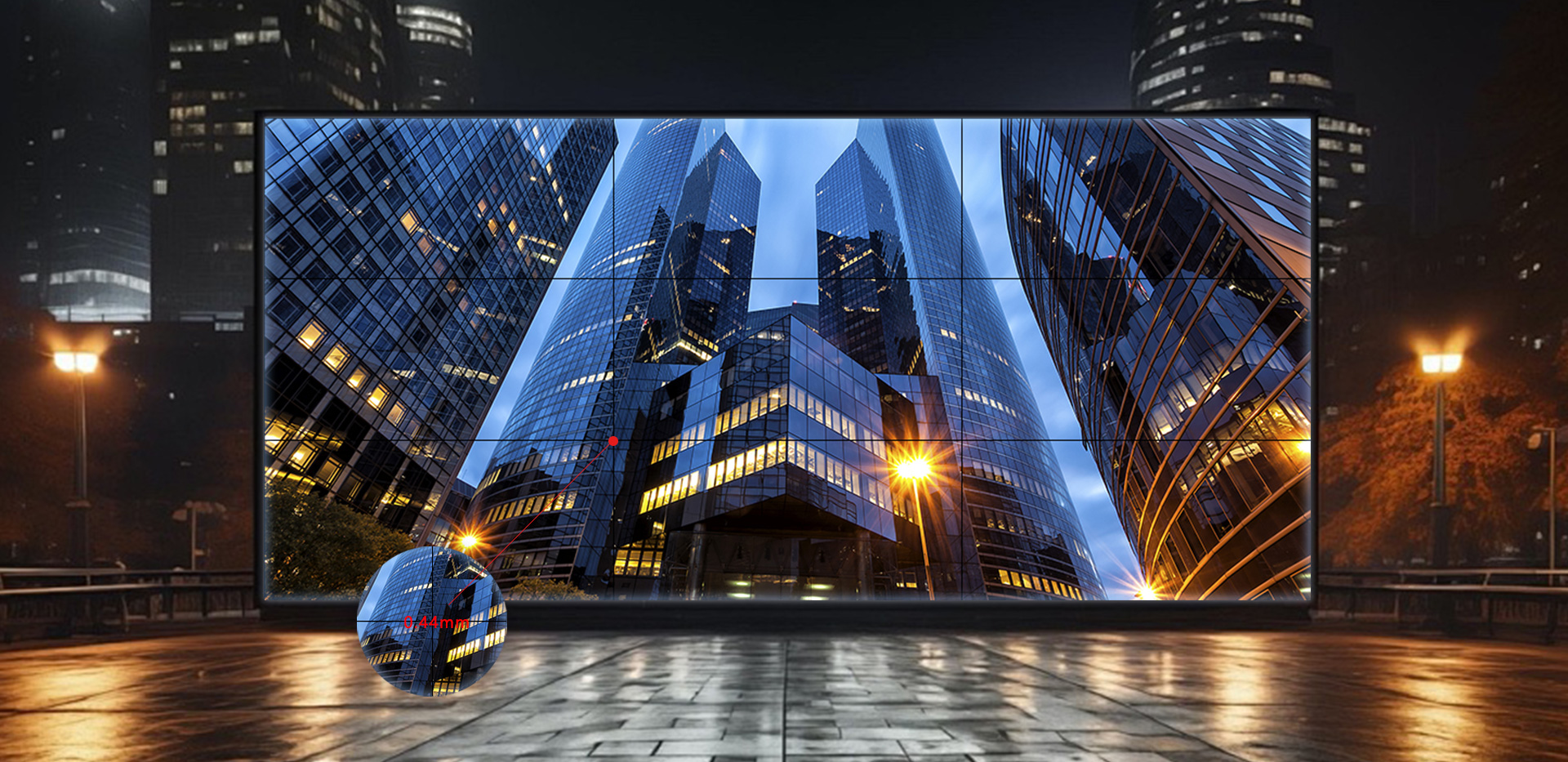
-
Liquid crystal displays and LED displays: Past, Present and Technical Analysis
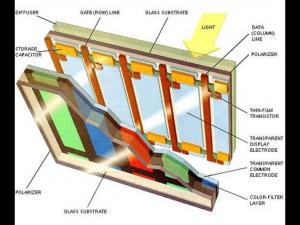
-
Comprehensive analysis of DID LCD splicing screen technology
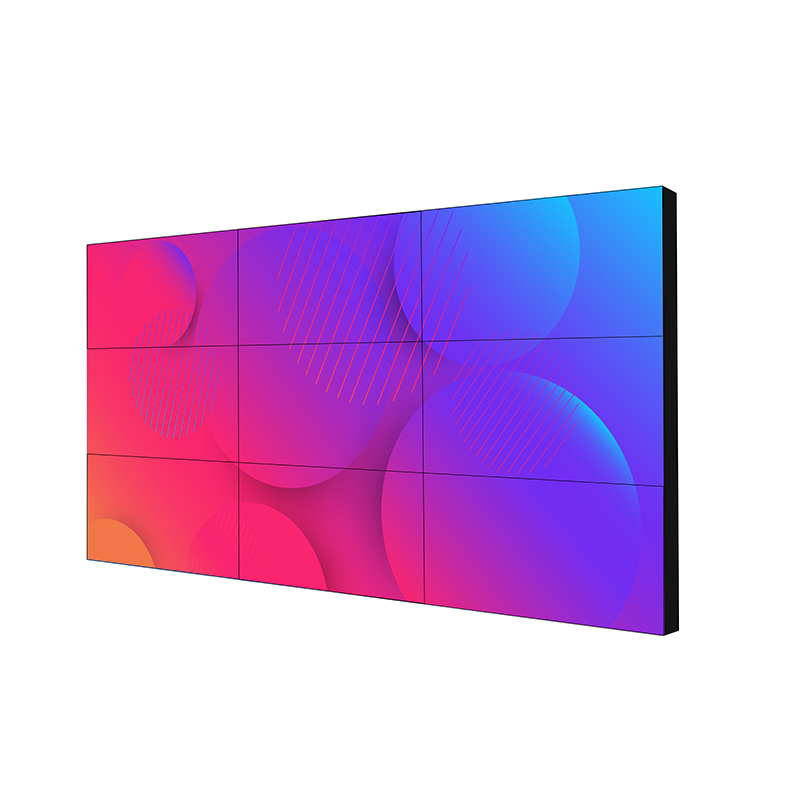
-
LCD versus LED display-which is better?
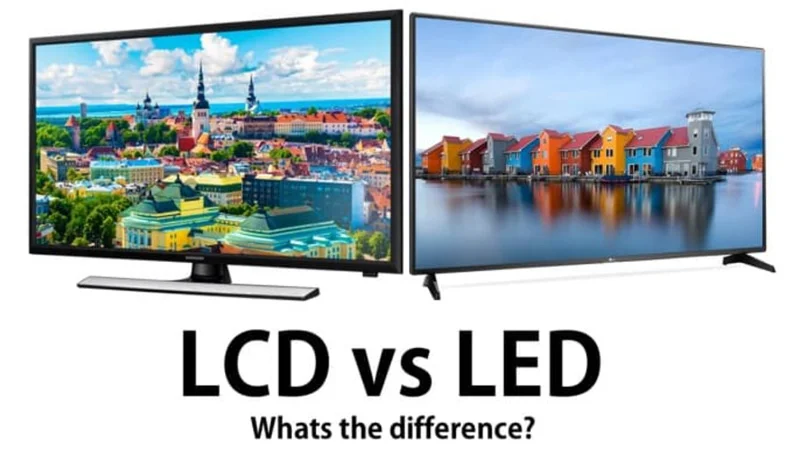
-
An article clearly sees the differences between PDP plasma, LCD, and LED displays?

-
Items to pay attention to when purchasing LCD displays

-
Huike develops green TED high-penetration technology
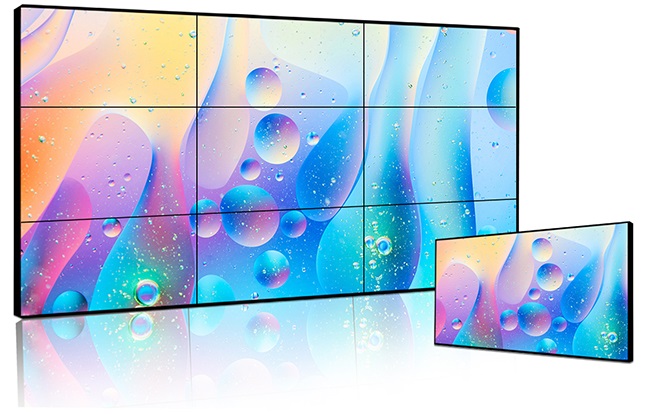
the charts
- San 'an Optoelectronics: Domestic products are becoming more and more involved, taking advantage of
- Items to pay attention to when purchasing LCD displays
- Comprehensive analysis of DID LCD splicing screen technology
- As a qualified project manager with LCD splicing screens, what issues should I pay attention to when
- An article clearly sees the differences between PDP plasma, LCD, and LED displays?
- Huike develops green TED high-penetration technology
- Liquid crystal displays and LED displays: Past, Present and Technical Analysis
- LCD versus LED display-which is better?
